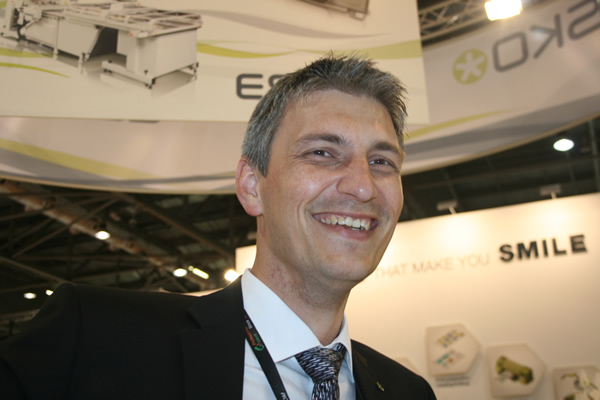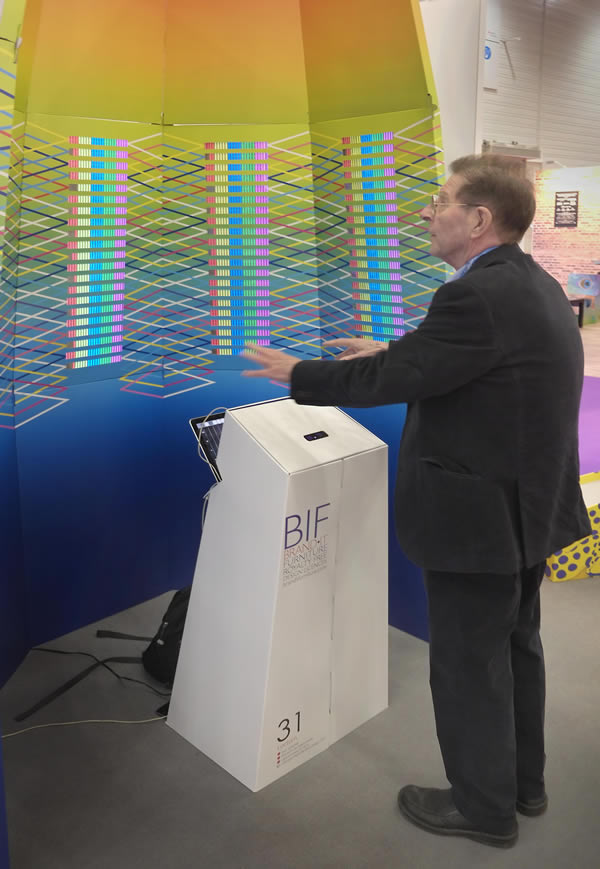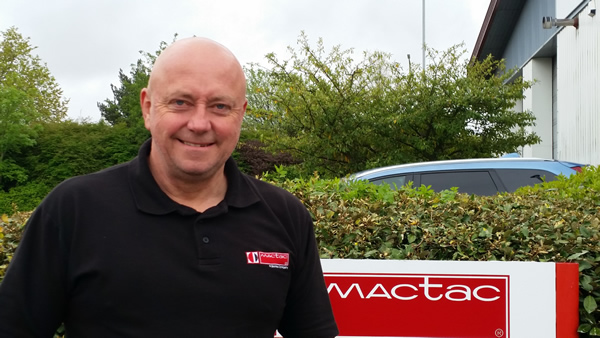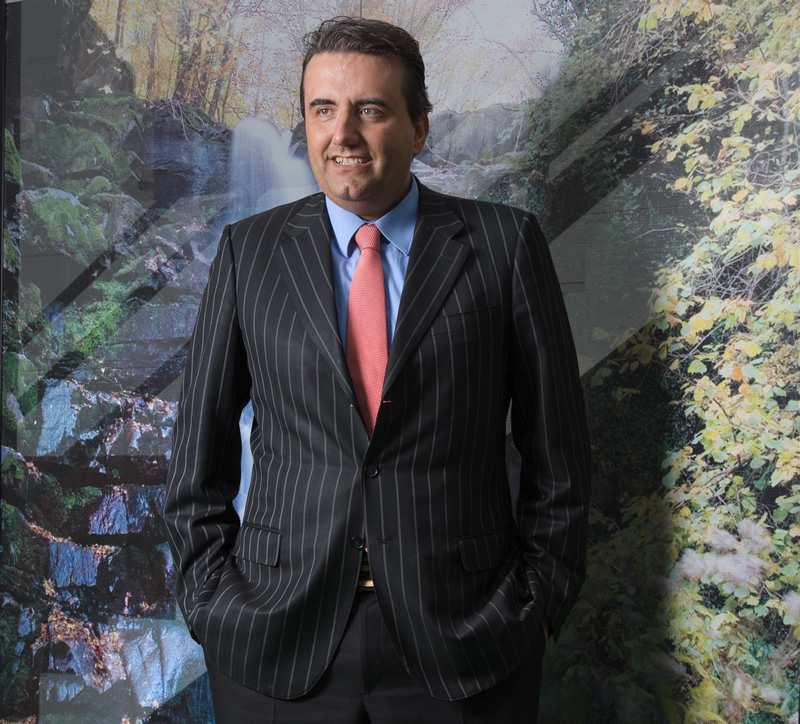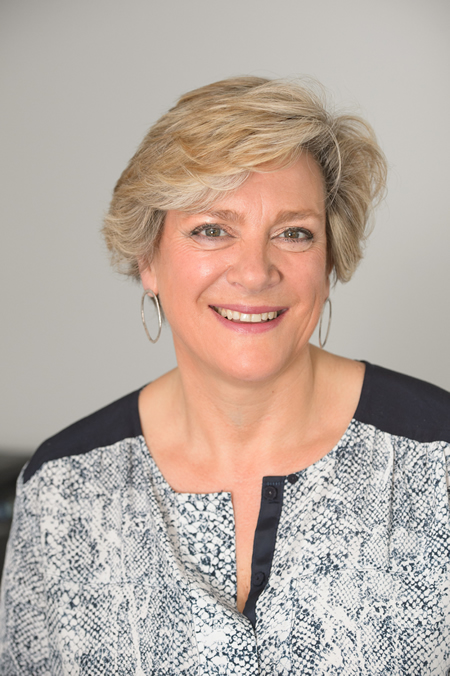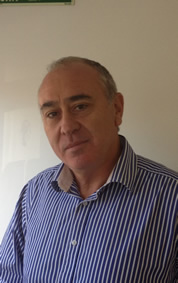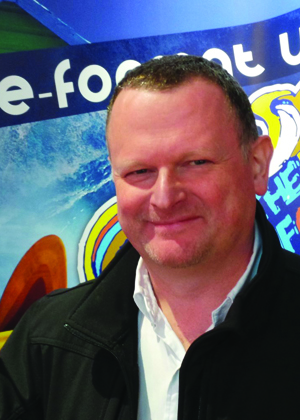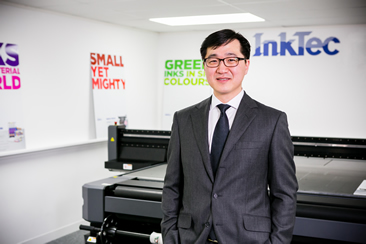Nathan Atkins, managing director of Papergraphics, talks about relationship building for creative exploration.
Personalisation is currently one of the hottest topics in the print industry. Whether you’re targeting consumers or businesses, personalised merchandise, apparel and textiles present great opportunities. We’re particularly excited by the commercial interiors market and how printers, designers and even artists can work together to create truly unique environments. However, as with any industry, to be successful you need to have a good understanding of how to get the most from emerging trends.



